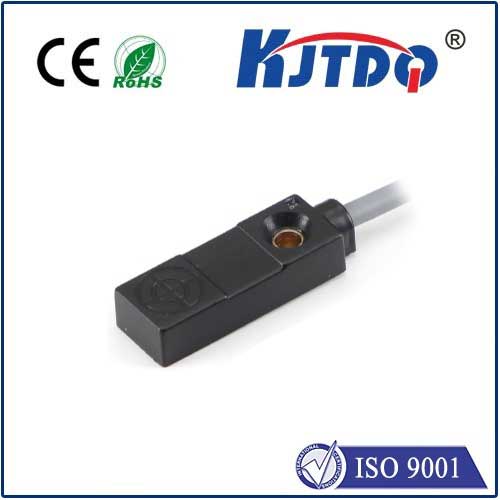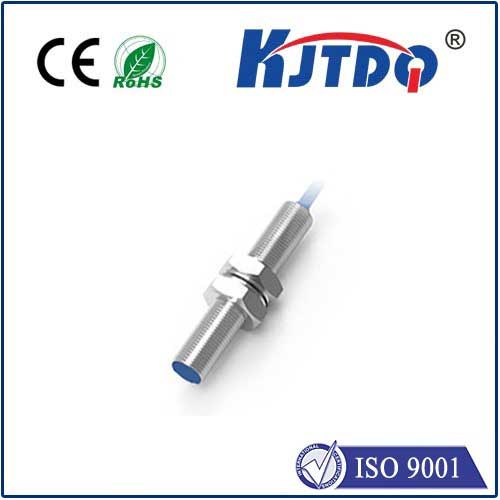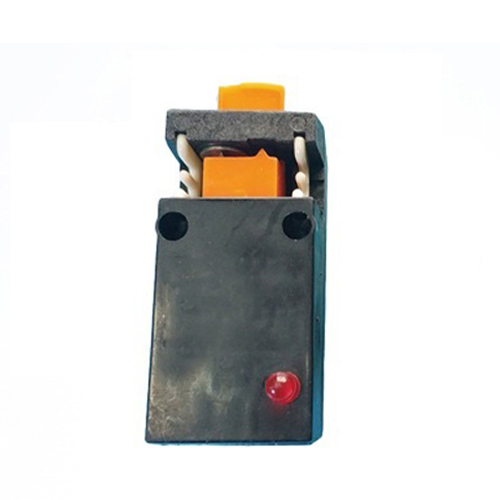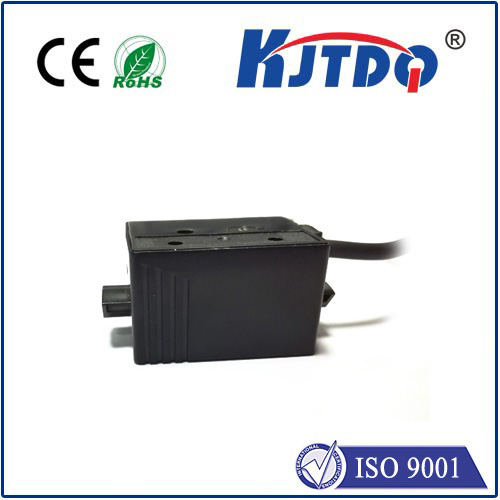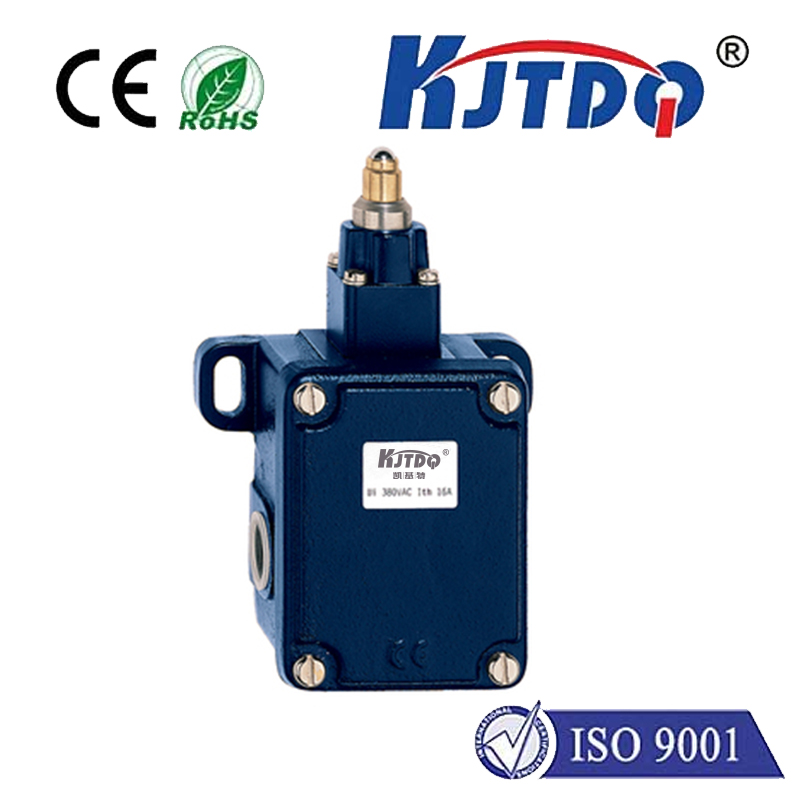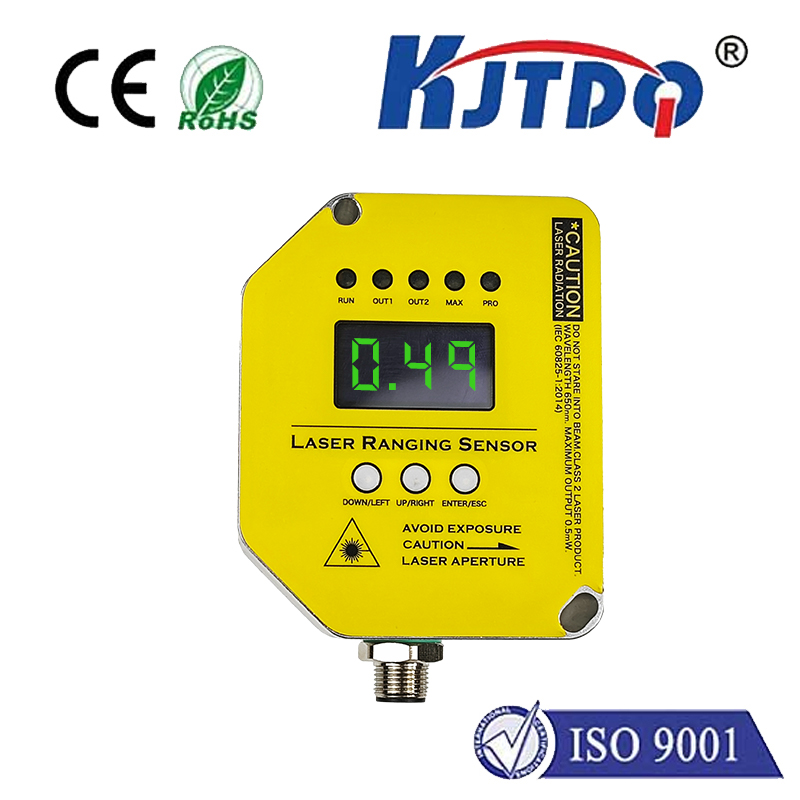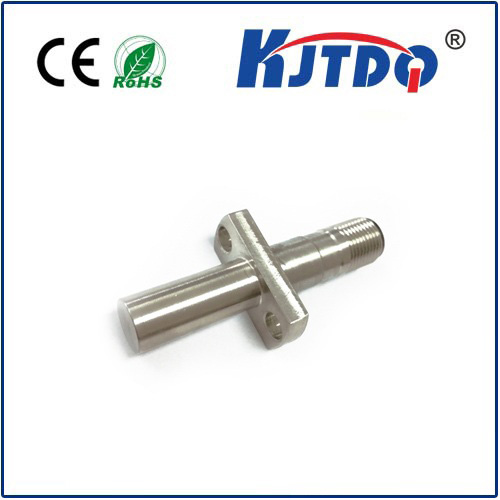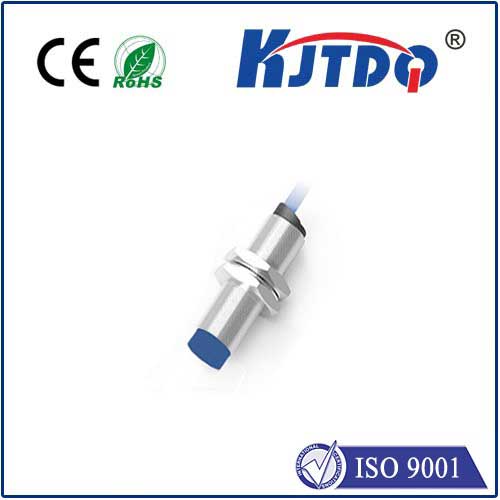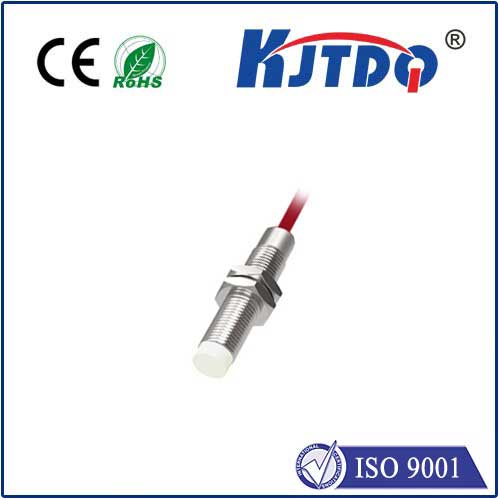

check

check

check

check

check

check

check

check

check

check
Proximity sensors are increasingly becoming essential components in various applications that require accurate distance measurements. These devices use radio frequency or infrared technologies to detect objects or people within a specified range, providing valuable information for decision-making processes. In this article, we will explore how proximity sensors work, their advantages over other types of sensors, and the specific applications where they excel in 12V DC systems.
Section 1: The Science of Proximity Sensors
Proximity sensors operate based on either electromagnetic or infrared principles. Electromagnetic proximity sensors use a coil and magnetic field to determine the presence of an object nearby. When an object enters the field, it disrupts the magnetic field, causing a change in the sensor's output voltage. On the other hand, infrared proximity sensors use light beams to detect the presence of an object by measuring the time it takes for the beam to bounce back after being reflected off the object. Regardless of the technology used, proximity sensors provide accurate and reliable distance measurements within a few millimeters.
Section 2: Advantages of Proximity Sensors over Other Types of Sensors
Compared to other types of sensors, proximity sensors offer several advantages, particularly in 12V DC systems. One significant advantage is their low power consumption, making them ideal for battery-powered devices. Additionally, proximity sensors do not require any physical contact with the object being measured, reducing the risk of damage or contamination. Furthermore, proximity sensors can be customized to fit specific application requirements and offer high accuracy, making them suitable for a wide range of industries.
Section 3: Applications of Proximity Sensors in 12V DC Systems
Proximity sensors have numerous applications in 12V DC systems, particularly in areas where safety, security, and automation are critical. Some common examples include:
* Asset tracking: Proximity sensors can be used to track the location and movement of assets within a facility, improving efficiency and reducing the risk of theft.
* Access control: Proximity sensors can be integrated into security systems to control access to restricted areas, ensuring only authorized individuals can enter.
* Motion detection: Proximity sensors can detect motion within a specified range, triggering alarms or other responses when necessary.
* Level detection: Proximity sensors can be used to measure the height of liquid levels in tanks or containers, enabling more accurate inventory management.
* Machine vision: Proximity sensors can be integrated into robotic systems for obstacle avoidance or object recognition tasks.
Conclusion: As technology continues to advance, proximity sensors will play an increasingly important role in various applications across industries. Their ability to provide accurate distance measurements with low power consumption and minimal physical contact make them a valuable addition to 12V DC systems. By understanding how proximity sensors work and their capabilities, engineers and technicians can design more efficient and effective systems that meet specific requirements.
